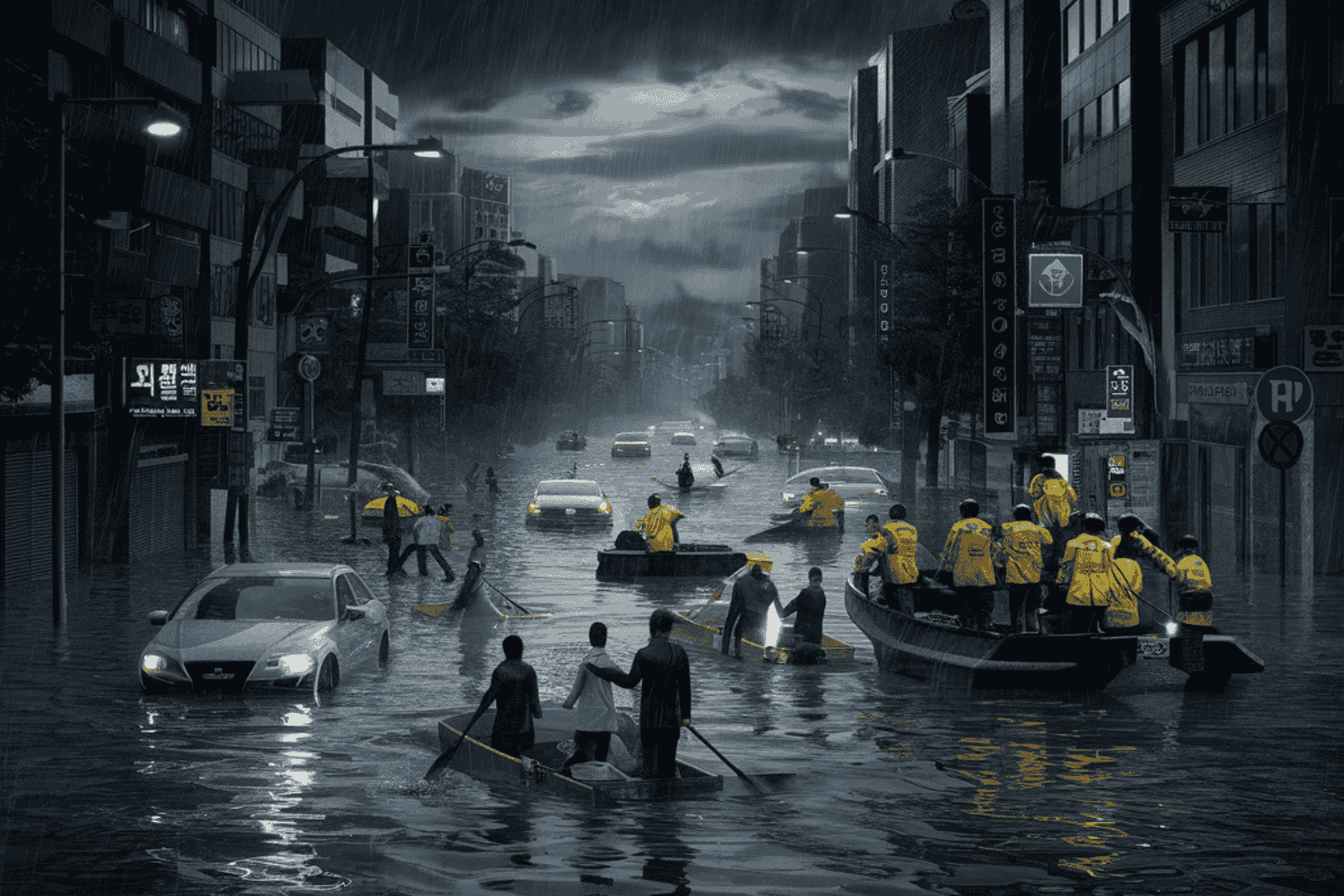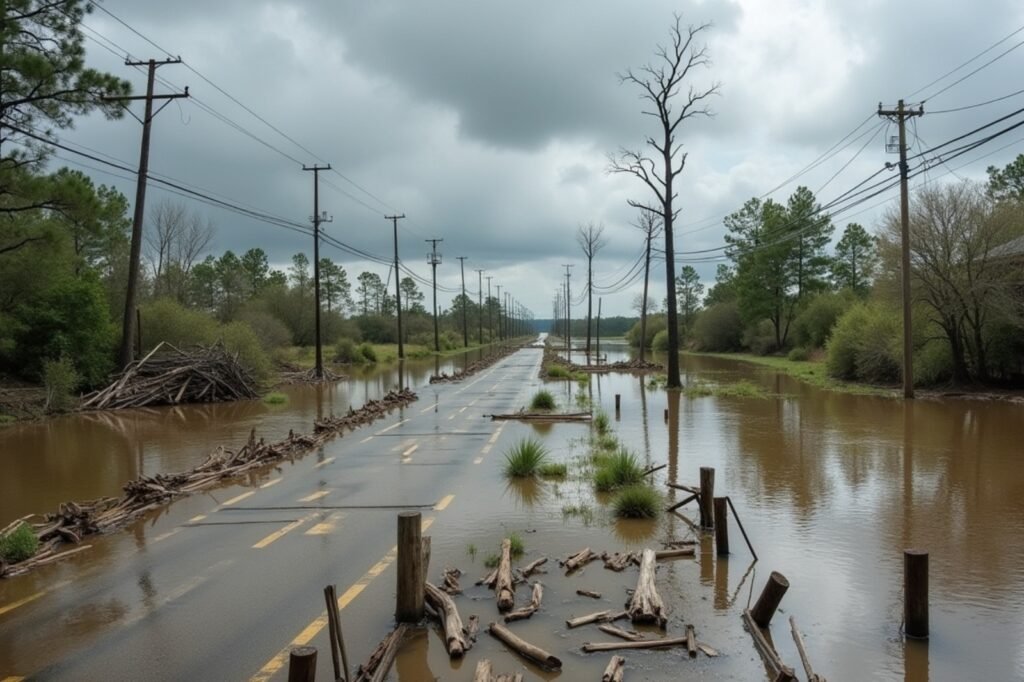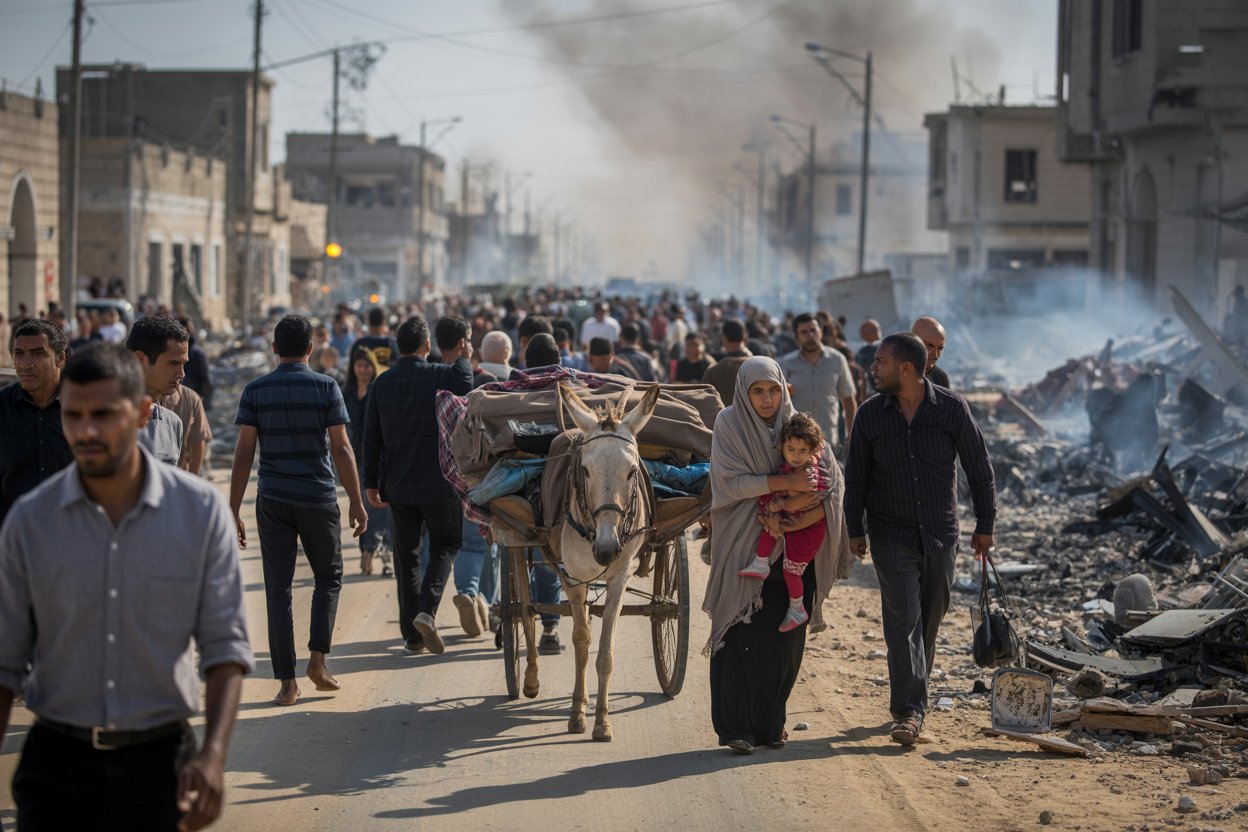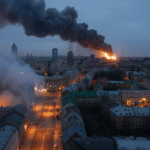- Home
- ScienceDiscover the latest updates from across the United States, including politics, culture, economy, and trending stories. Stay informed on the key events shaping the nation and the topics everyone’s talking about.
- EconomyOur Economy page provides comprehensive reporting on international financial systems, trade dynamics, development economics, and macroeconomic policy. Drawing on expert analysis and institutional data, we illuminate the interconnected nature of global markets and their real-world implications for governance and inequality.
- HealthWe examine global health issues through the lens of policy, access, equity, and innovation. From pandemics and healthcare infrastructure to mental health and biotechnological breakthroughs, our health reporting is rooted in empirical data, expert insight, and a commitment to understanding health as a cornerstone of human development.
- HistoryThis section revisits critical junctures in world history, emphasizing the relevance of historical events in shaping present-day global affairs. Through scholarly narratives and fact-anchored storytelling, we uncover the often-overlooked patterns, power structures, and human decisions that have left a lasting imprint on international relations and societies.
- PoliticsOur Politics section offers in-depth analysis of international political developments, ideological movements, and institutional shifts. With a focus on global governance, diplomacy, and geopolitical strategy, we provide nuanced reporting that transcends partisan narratives and situates events within their broader historical and structural contexts.
- War & ConflictThis section delivers meticulous coverage of international conflicts, civil wars, military strategies, and peace negotiations. We prioritize geopolitical context, long-term impact, and the role of state and non-state actors—eschewing sensationalism in favor of sober, historically informed analysis.
- TechnologyWe critically examine the global technology landscape—from artificial intelligence and cybersecurity to digital policy and ethical innovation. Our reporting focuses not just on what is being built, but why it matters: how technological change influences governance, economy, security, and human life on a planetary scale.
- Features
- Home
- ScienceDiscover the latest updates from across the United States, including politics, culture, economy, and trending stories. Stay informed on the key events shaping the nation and the topics everyone’s talking about.
- EconomyOur Economy page provides comprehensive reporting on international financial systems, trade dynamics, development economics, and macroeconomic policy. Drawing on expert analysis and institutional data, we illuminate the interconnected nature of global markets and their real-world implications for governance and inequality.
- HealthWe examine global health issues through the lens of policy, access, equity, and innovation. From pandemics and healthcare infrastructure to mental health and biotechnological breakthroughs, our health reporting is rooted in empirical data, expert insight, and a commitment to understanding health as a cornerstone of human development.
- HistoryThis section revisits critical junctures in world history, emphasizing the relevance of historical events in shaping present-day global affairs. Through scholarly narratives and fact-anchored storytelling, we uncover the often-overlooked patterns, power structures, and human decisions that have left a lasting imprint on international relations and societies.
- PoliticsOur Politics section offers in-depth analysis of international political developments, ideological movements, and institutional shifts. With a focus on global governance, diplomacy, and geopolitical strategy, we provide nuanced reporting that transcends partisan narratives and situates events within their broader historical and structural contexts.
- War & ConflictThis section delivers meticulous coverage of international conflicts, civil wars, military strategies, and peace negotiations. We prioritize geopolitical context, long-term impact, and the role of state and non-state actors—eschewing sensationalism in favor of sober, historically informed analysis.
- TechnologyWe critically examine the global technology landscape—from artificial intelligence and cybersecurity to digital policy and ethical innovation. Our reporting focuses not just on what is being built, but why it matters: how technological change influences governance, economy, security, and human life on a planetary scale.
- Features
Now Reading: Why South Korea Faced Deadly Floods in July 2025
-
01
Why South Korea Faced Deadly Floods in July 2025
- Home//
- Science//Discover the latest updates from across the United States, including politics, culture, economy, and trending stories. Stay informed on the key events shaping the nation and the topics everyone’s talking about.
- Economy//Our Economy page provides comprehensive reporting on international financial systems, trade dynamics, development economics, and macroeconomic policy. Drawing on expert analysis and institutional data, we illuminate the interconnected nature of global markets and their real-world implications for governance and inequality.
- Health//We examine global health issues through the lens of policy, access, equity, and innovation. From pandemics and healthcare infrastructure to mental health and biotechnological breakthroughs, our health reporting is rooted in empirical data, expert insight, and a commitment to understanding health as a cornerstone of human development.
- History//This section revisits critical junctures in world history, emphasizing the relevance of historical events in shaping present-day global affairs. Through scholarly narratives and fact-anchored storytelling, we uncover the often-overlooked patterns, power structures, and human decisions that have left a lasting imprint on international relations and societies.
- Politics//Our Politics section offers in-depth analysis of international political developments, ideological movements, and institutional shifts. With a focus on global governance, diplomacy, and geopolitical strategy, we provide nuanced reporting that transcends partisan narratives and situates events within their broader historical and structural contexts.
- War & Conflict//This section delivers meticulous coverage of international conflicts, civil wars, military strategies, and peace negotiations. We prioritize geopolitical context, long-term impact, and the role of state and non-state actors—eschewing sensationalism in favor of sober, historically informed analysis.
- Technology//We critically examine the global technology landscape—from artificial intelligence and cybersecurity to digital policy and ethical innovation. Our reporting focuses not just on what is being built, but why it matters: how technological change influences governance, economy, security, and human life on a planetary scale.
- Features//
- Home
- Natural Disaster
- Why South Korea Faced Deadly Floods in July 2025
Why South Korea Faced Deadly Floods in July 2025
Emma BarnesNatural DisasterJuly 18, 202527 Views

On July 17, 2025, life in parts of South Korea came to a standstill as record-breaking torrential rains flooded streets, uprooted homes, and triggered deadly landslides. Within hours, reports confirmed four deaths, and emergency authorities evacuated over 1,300 people from low-lying regions across the country.
But this wasn’t just another monsoon episode. This flood was faster, deadlier, and more widespread than most South Koreans have experienced in recent years. The question that now grips the nation is not just what happened, but rather: why is this happening now—and why is it getting worse?
A Perfect Storm: Rainfall Intensity Surges in South Korea 2025
South Korea’s weather agency recorded more than 220 mm of rain in just a single day in parts of the southern and central regions, particularly in South Jeolla, North Gyeongsang, and Gwangju. That’s equivalent to a month’s worth of rainfall in a few hours.
Experts say this spike in rain is part of an unusual monsoon pattern intensified by rising sea temperatures and changing jet stream behaviors, both of which are linked to global climate disruption.
“Rain cells are becoming slower and more concentrated, dumping massive rainfall over one area instead of moving on. This leads to flash floods and landslides,” says Dr. Kim Seung-Ho, a climate scientist at Seoul National University.
Climate Change Is No Longer a Warning—It’s Here
While South Korea is no stranger to summer monsoons, the frequency and severity of floods have sharply increased over the past five years. Scientists are clear: climate change is turning extreme weather events into the new normal.
A government study in early 2025 revealed that average summer rainfall has increased by 17% compared to 1990 levels, while extreme rainfall events (above 100 mm/hour) have nearly doubled.
Moreover, urban heat islands—where cities trap more heat than rural areas—create unstable atmospheric conditions that often result in violent thunderstorms and concentrated cloudbursts.
The Urban Drainage Dilemma
South Korea rapid urban development over the last few decades has produced world-class infrastructure, but it has also led to severe drainage challenges. Cities like Seoul, Busan, and Daegu, with dense concrete landscapes and limited green zones, are increasingly unable to absorb or divert heavy rains.
In some neighborhoods, drains were built decades ago and simply cannot handle current volumes of water. The problem is worsened by construction on natural floodplains, which blocks the flow of water and redirects it into residential areas.
Residents from low-lying areas in southern Seoul reported floodwaters rising above knee level within 30 minutes. “The rain wasn’t just falling—it was pouring like a waterfall from the sky,” said Lee Min-Ja, a 57-year-old resident from Dongjak district.
Recommended Reading:
Deadly Texas Floods Trigger Historic Emergency
Flash Floods and Landslides: Deadlier Than Before
As hillsides grow saturated from relentless rainfall, landslides have become a silent killer. On July 17, a landslide in North Chungcheong province claimed the lives of two people who were trapped inside a minivan buried under mud.
The terrain in several South Korean provinces—especially those with steep slopes and deforested land—has become extremely vulnerable. The Forest Service reported over 300 potential landslide-prone zones as of July 2025, 40% higher than last year.
“Our warning systems are good, but nature is getting faster than our alerts,” admitted a spokesperson from the Ministry of Interior and Safety.
Government Response: Alert but Overwhelmed
The South Korean government has activated Level 3 emergency response protocols, the highest on its three-tier scale. Shelters have been set up in community centers, schools, and subway stations, while emergency workers use boats and helicopters for evacuations.
President Yoon Suk-yeol addressed the nation in a live broadcast, stating,
“This crisis is a national emergency. We will rebuild, but we must also rethink how we prepare for the future.”
However, criticism is mounting over lack of early warnings, especially in rural areas where mobile networks failed and many residents were caught unaware.
Local NGOs argue that more community-based alert systems and emergency education programs are needed to reduce panic during such disasters.
Comparing 2025 to Past Floods
South Korea has faced major flood events before—2011, 2020, and 2023 were particularly harsh. But July 2025 stands out because of the speed and scale of the destruction.
Unlike previous years where one region was primarily hit, this year’s floods affected multiple provinces at once. The simultaneous strain on emergency services, power grids, and transport systems exposed gaps in South Korea’s disaster preparedness.
“It’s not just a climate issue—it’s an infrastructure issue,” says Prof. Jung Hwa-Rim, an urban planner and advisor to the government’s disaster committee.
The Psychological Impact: A Nation on Edge
Beyond physical destruction, these floods are taking a toll on mental health. Thousands are now homeless, jobs have been lost, and families are grieving.
Social media platforms are flooded with images of people being rescued by helicopters, cars floating down roads, and children crying in shelters. Volunteers are offering aid, but trauma lingers.
“My son keeps asking if the rain will come back tomorrow. He’s afraid to sleep,” said a mother in Gwangju’s temporary shelter.
A Wake-Up Call: What Needs to Change
This crisis is forcing South Korea to rethink its approach to weather, cities, and preparedness.
Key reforms now under national discussion include:
- Upgrading drainage infrastructure in older cities
- All new construction projects must undergo flood risk assessments.
- Reforestation and slope protection in landslide-prone areas
- Climate resilience education in schools and communities
There are also growing calls for South Korea to strengthen international cooperation in climate science and adaptation techniques.
A Global Warning in a Local Storm
As the floodwaters recede, they leave behind more than just destruction—they leave lessons. What happened in South Korea this July is not isolated. From China to Germany, and from India to the United States, climate-induced floods are redefining national priorities. The choices made today will define not just the next monsoon season—but the fate of its future generations.





























